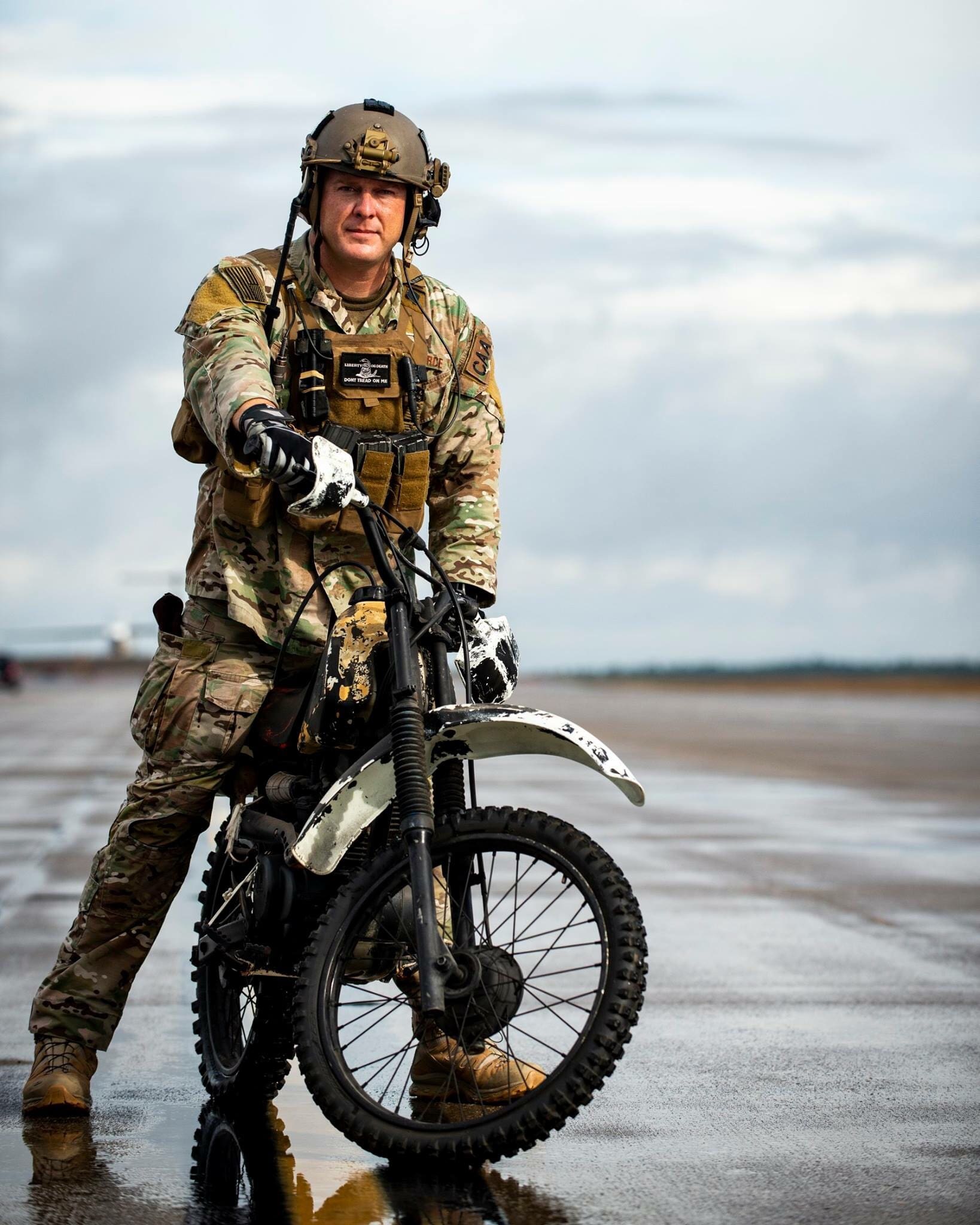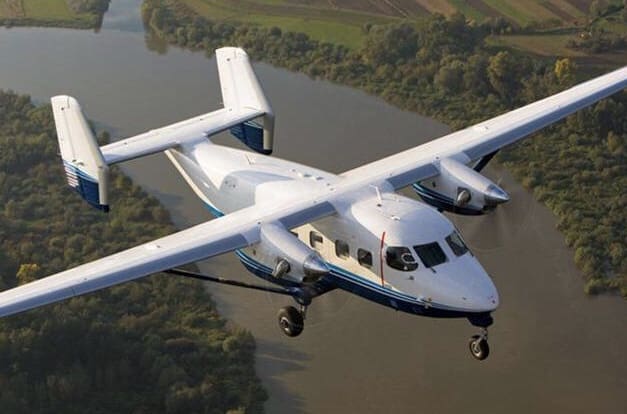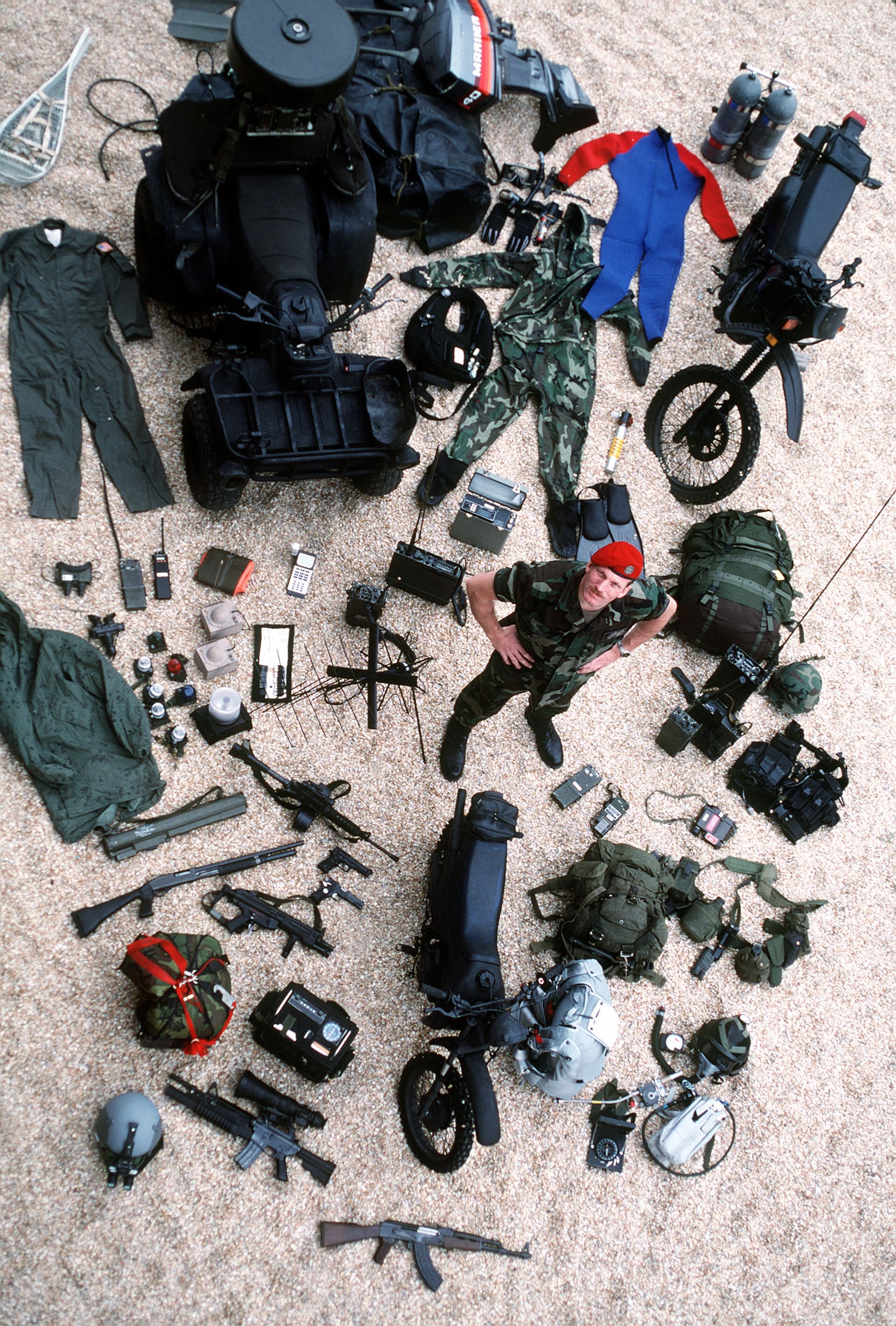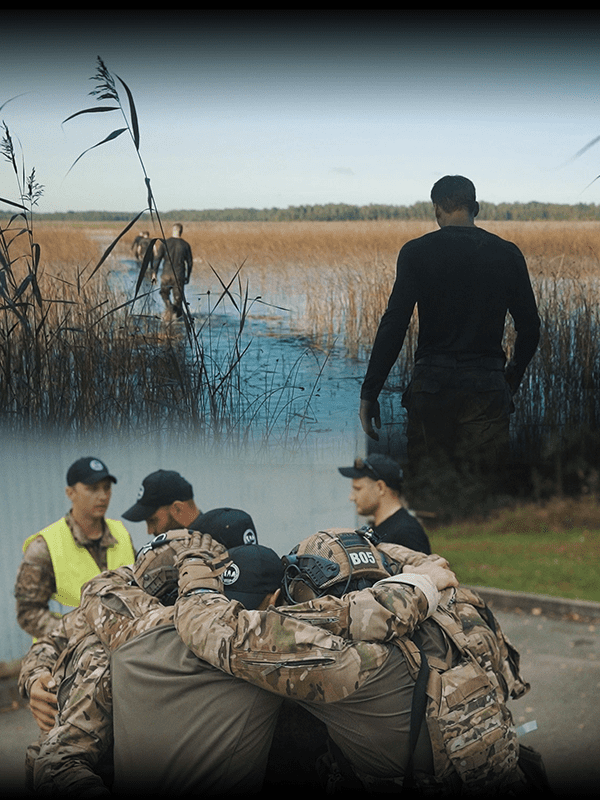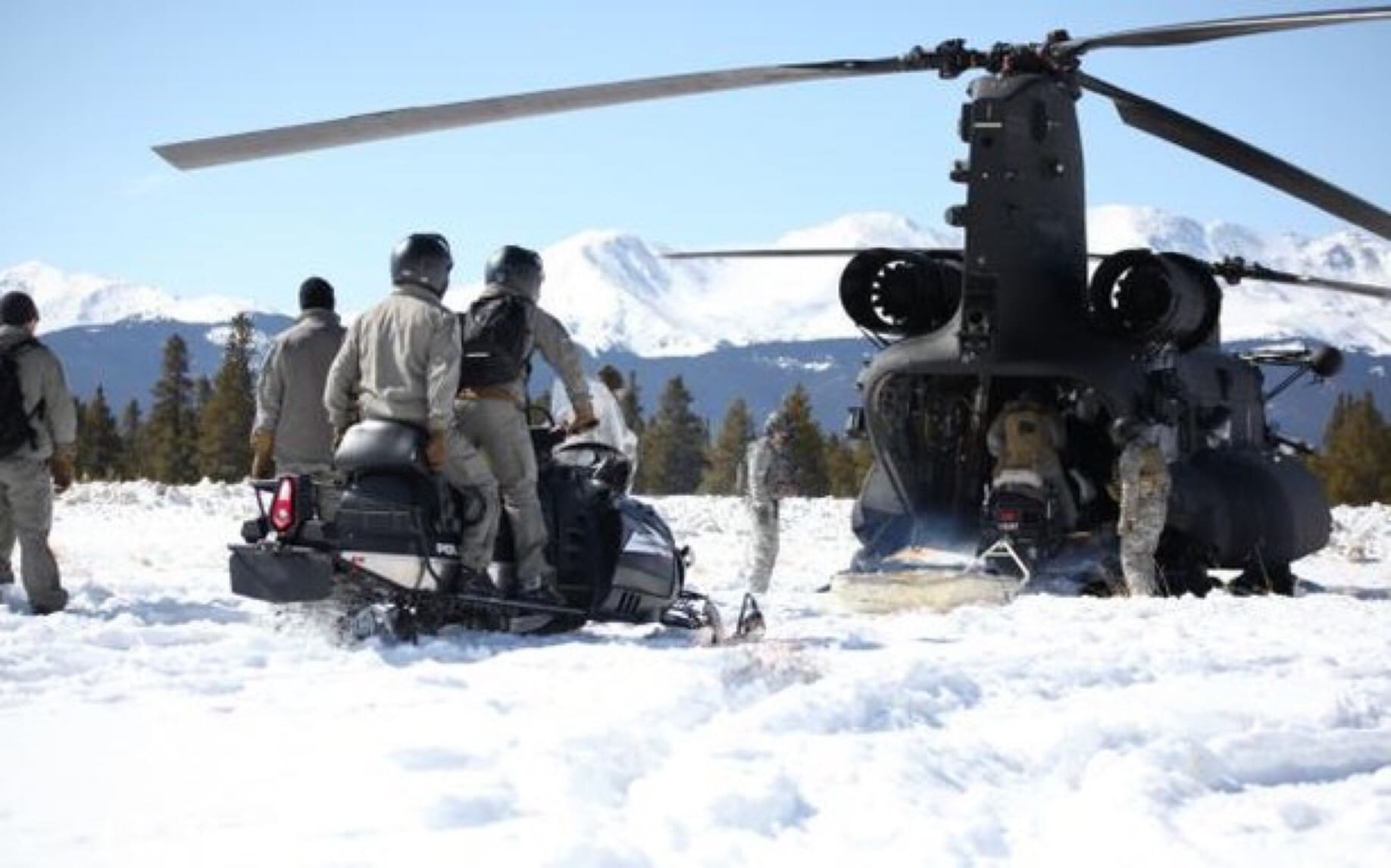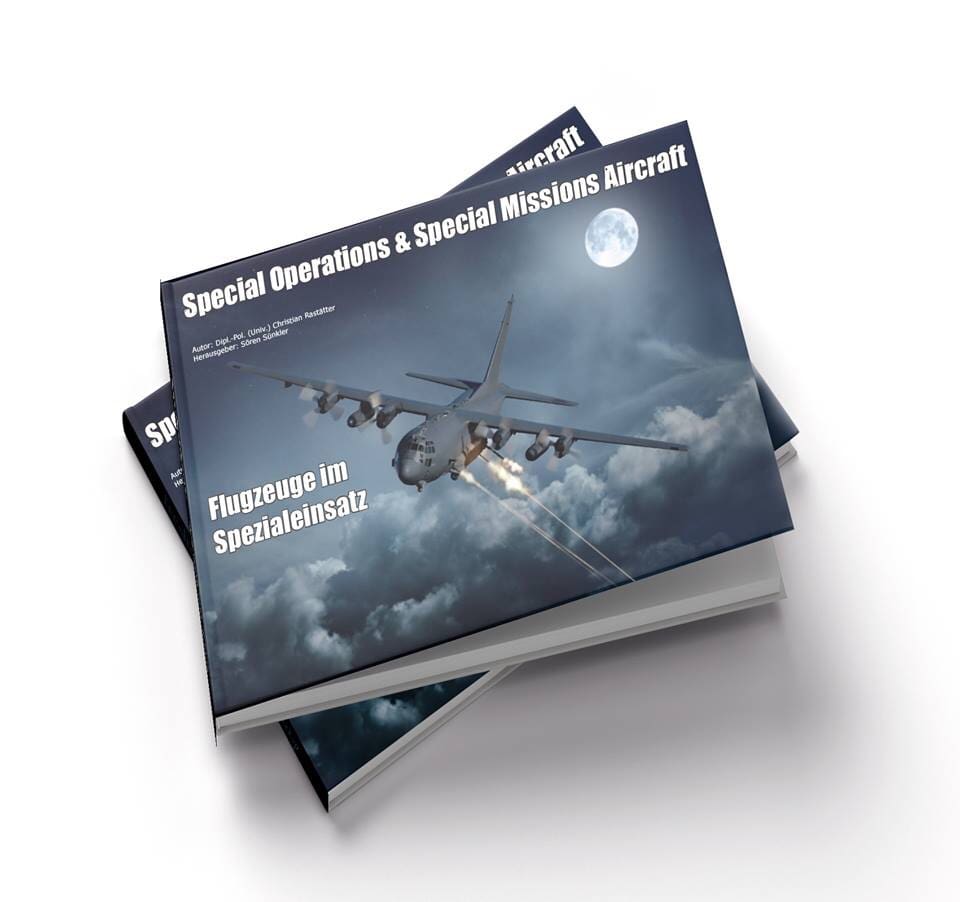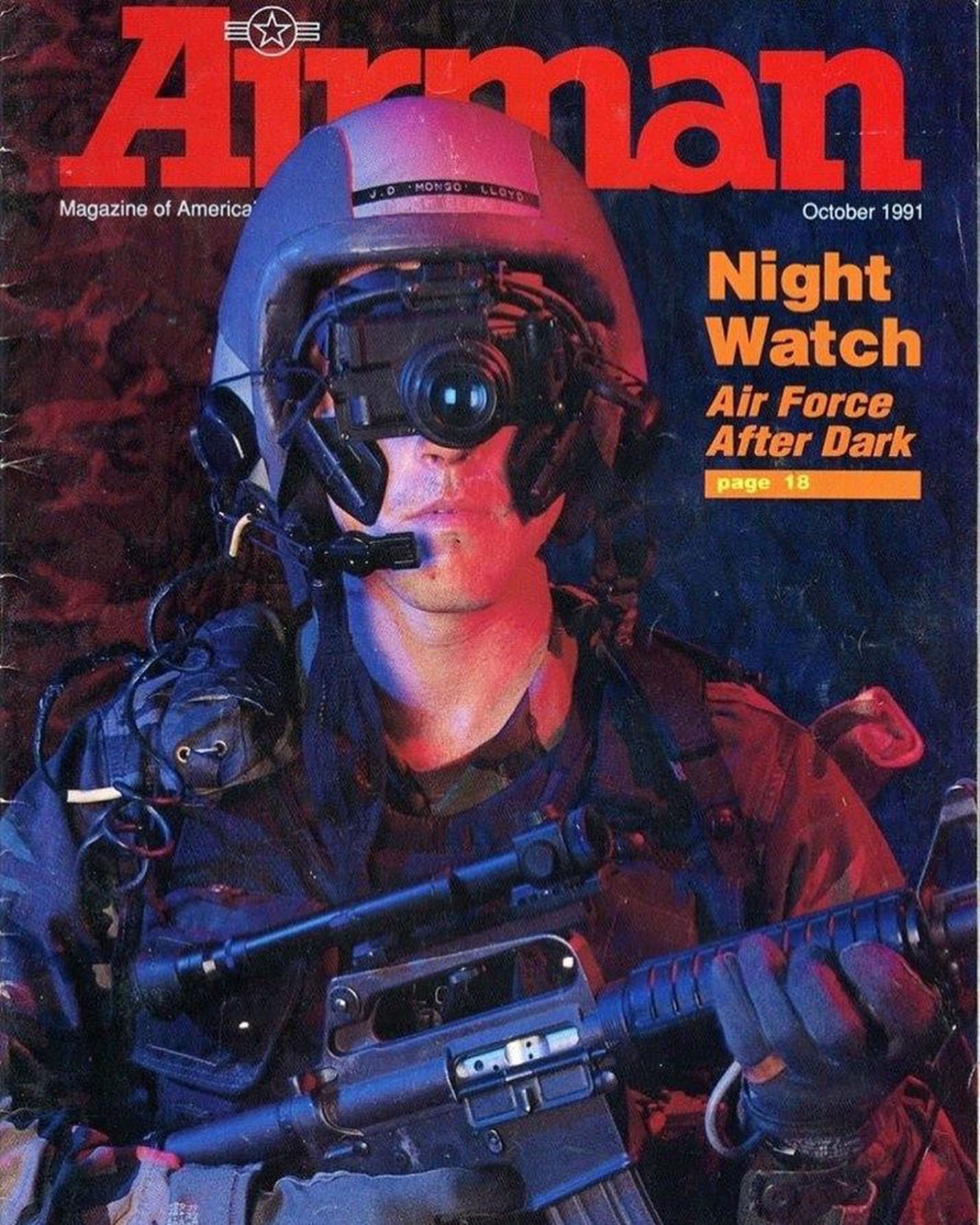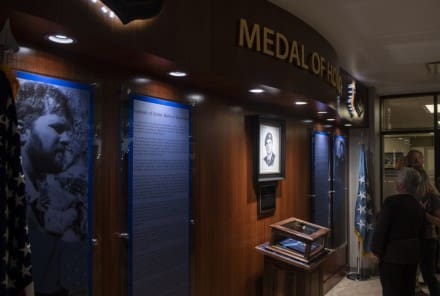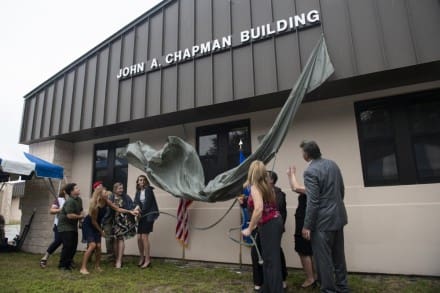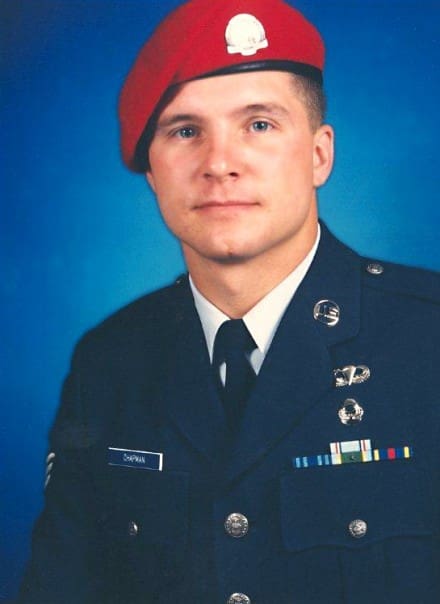DUKE FIELD, Fla. — From an airfield that once served as the training grounds for the famed Doolittle Raiders, Citizen Air Commandos from the 919th Special Operations Wing, Duke Field, Florida, are working daily to deliver superior airpower around the world.
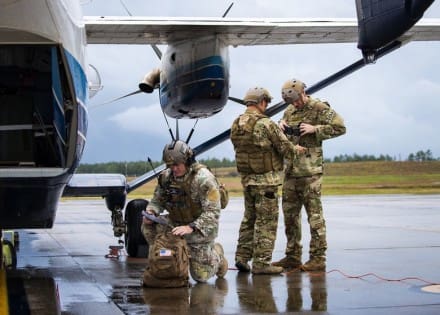
Master Sgt. Joseph Kimbrell (left) prepares his equipment for a future C-145A training mission while Master Sgt. Brian Schultz assists Tech. Sgt. Matthew Massey with adjustments to his pro gear. All are special mission aviators assigned to the 919th SOW.
The “Quiet Professionals” of the 919th SOW offer specialized skills to Air Force Special Operations Command made even more distinct by the fact that this “part time” unit is providing a full-time capability for a mission that never stops.
“At any minute on any day, members of the 919th are likely helping to get equipment and special operations forces where the warfighter needs them most,” said Col. Frank L. Bradfield, 919th SOW commander. “While they’re doing that, others are providing surveillance of the battlespace ready to deliver precision strike capabilities to those who wish to do America harm. It’s a no-fail mission and one we’re proud to support.”
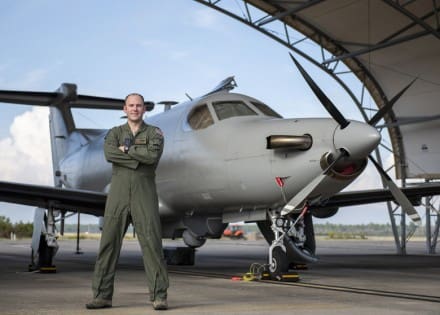
Maj. Kevin Riegner, 5th Special Operations Squadron pilot, takes a few minutes for a photo prior to a recent U-28 training mission at Hurlburt Field, Florida. The 5th SOS is one of 13 squadrons assigned to the 919th Special Operations Wing at nearby Duke Field. The wing’s diverse mission and ability to fulfill a wide range of requirements for Air Force Special Operations Command places its members in high demand for critical operations at home and at distant points around the globe. (Master Sgt. Jasmin Taylor)
These 1,500 Reservists are part of the Air Force Reserve’s only special operations wing. They are fully integrated with their active duty counterparts in the 492nd SOW operating from a small base in a densely wooded area in the Florida panhandle.
The 919th’s members are focused with laser-like intensity on employing innovative practices and standards to support four distinct mission sets—enhancing partner nation capacity, training future AFSOC aviators, conducting Remotely Piloted Aircraft operations and performing specialized mobility—all geared toward increasing AFSOC’s efficiency and lethality.
COMBAT AVIATION ADVISORS
In a desolate and austere airfield thousands of miles from U.S. soil, a small team of Citizen Air Commandos is having a global impact by enhancing partner nation aviation capabilities, yet most Americans don’t even know they exist.
These combat aviation advisors, or brown berets, are highly trained in specialized skills needed for hands-on, adaptive, advisory missions with foreign military partners. Their goal: to conduct special operations activities by, with and through foreign aviation forces.
As one such team of CAAs prepared to land the last training sortie of a recent two-month mission in North Africa, many took a moment to reflect on the experience.
The mission involved 60 days of intense training and constant coordination with seven separate combat units. An unimaginable amount of collaboration and teamwork contributed to the success of this final sortie. Shoulder-to-shoulder with their foreign colleagues, the CAAs prepared their partner nation for their first simulated joint event between its air and ground forces.
CAAs are an elite group of carefully selected, well-experienced Airmen with diverse backgrounds.
They deploy in 16-member Operational Aviation Detachments which are comprised of 12 different Air Force Specialty Codes, specifically trained to assist the partner nation force with joint operations.
“The OAD composition allows the CAA team to be self-reliant and contains the diversity of skills required to problem-solve and be adaptive,” said Lt. Col. Benjamin Griffith, commander of the 711th Special Operations Squadron.
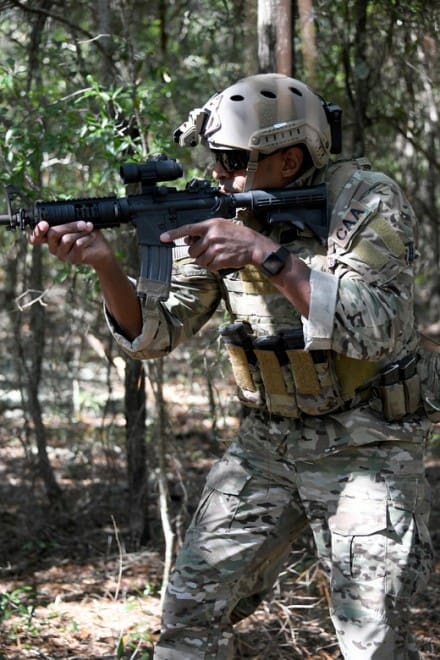
TSgt Brandon Bass, an aircrew flight equipment specialist CAA with the 711th Special Operations Squadron, practices individual tactics during a training exercise. (TSgt Jodi Ames)
From security forces and communications, to maintenance and sensor operators, the types of career fields represented by the CAA community are quite diverse.
“The impact of a small OAD on the security and stability of a nation should not be underestimated,” said Lt. Col. Warren Halle, 711th SOS assistant director of operations.
“Any type of operation lives or dies, sustains or fades by an integrated team effort,” said Halle. “Special operations forces Airmen have been well-educated that ‘joint’ is not just a buzz word. Joint operations lead to the gold standard of integration effectiveness.”
By design, the 919th’s CAAs are supported by an entire wing that lives and breathes that standard of integration.
ONE-OF-A-KIND FORMAL TRAINING UNIT
As a Reserve unit, the 919th SOW blends with its active-duty partners not only to accomplish the mission but also to support the training of future air commandos.
The 5th SOS is home to the formal training unit for all Air Force special operations platform education, where they provided instruction on eight different platforms and conducted 6,800 student events in fiscal 2018 alone.
“This schoolhouse mission is a lot more diverse than any other FTU,” said Master Sgt. Joseph Kimbrell, CAA instructor and evaluator for the 5th SOS. “We are teaching the entire CAA aspect of the mission which considers the OAD team to be the weapon system.”
The training conducted by members of the 5th SOS is critical to the accomplishment of the AFSOC mission.
“We are the only FTU in the only special operations wing in the Reserve and we provide the preponderance of AFSOC with its aviators,” said Kimbrell. “We are the tool that sharpens the tip of the spear.”
THE SUN NEVER SETS ON THE 919TH
Not only does the 919th sharpen the spear, wing members also launch it. The 2nd SOS offers round-the-clock support to the warfighter through remotely piloted aircraft missions, taking the fight directly to the enemy.
“RPA missions continue to be the number one most requested capability of combatant commanders around the world,” said Col. Roland Armour, 919th SOG commander. “RPAs are in high demand and ours operate on a 24/7 basis.”
Another 919th unit, the 859th SOS, similarly runs a global mission that never rests. The 859th flies an aircraft not found anywhere else in the Air Force inventory, the C-146A Wolfhound.
Offering light and medium airlift capabilities, the Wolfhound allows the 919th to reach forward deployed special operations forces in locations large aircraft simply cannot.
“Within the past 12 months, the 859th SOS has provided crucial airlift for the AFSOC mission in more than 40 countries and four combatant commands contributing vital airlift for nation building and stabilization across the globe,” said Armour.
Meeting the unique demands and needs of special operations airlift missions requires constant innovation and problem-solving. More often than not, the 919th’s aerial delivery specialists must figure out how to conform a load to meet the requirements of the air commandos down range.
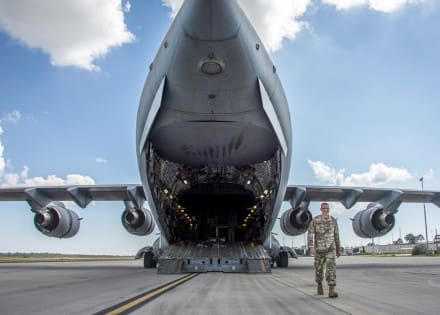
TSgt Bradley Moore, 919th Special Operations Logistics Readiness Squadron, returns from loading Army airborne soldiers into a C-17 Globemaster III at Duke Field, Florida, in preparation for their qualification jump. The 919th SOLRS provides integrated logistical support to the 919th Special Operations Wing, 7th Special Forces Group and Air Force Special Operations Command. (MSgt Jasmin Taylor)
“We are capable of dropping anything, anytime,” said Senior Master Sgt. Clarence Greene, 919th Special Operations Logistics Readiness Squadron. “Most aerial delivery shops drop standard loads, such as water and basic supplies, but with us it could be anything from a radio to a motorcycle…anything to support the air commandos on the ground.”
SPECIAL SUPPORT FOR SPECIAL OPS
The unique platforms and missions at the 919th SOW have required the unit to adapt a culture of “outside the box” thinking reflected in every facet of its operations.
Even functions as “basic” as aircraft maintenance have had to be tailored to the Duke Field mission. The aircraft flown and maintained at the 919th SOW are commercial aircraft requiring specialized training not offered through traditional pipelines.
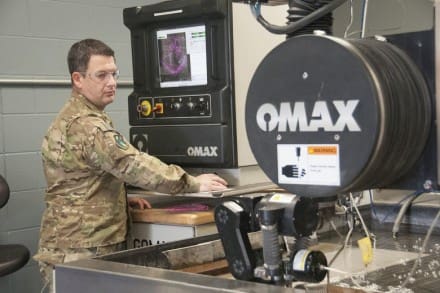
TSgt Michael Resseguie, 919th Special Operations Maintenance Squadron, manufactures washers for the C-146A Wolfhound on the OMAX Jetmachining Center at Duke Field, Florida. The 919th SOMXS provides round-the-clock maintenance support for the 919th SOW’s global mission. (Capt Monique Roux)
“One of the unique ways our unit ensures we are providing the most relevant training for our Airmen is through our in-house training program,” said Senior Master Sgt. Michael Tomi, 919th Special Operations Aircraft Maintenance Squadron. “We sent a cadre of maintenance personnel to receive training from the [aircraft’s] commercial manufacturer and that cadre came back and developed a school house specific to our mission.”
The 919th’s security forces and communications Citizen Airmen have also had to adapt to the unique needs of special operations forces.
“Our agile combat support demonstrates the expeditionary nature of the 919th SOW,” said Lt. Col. Kelly Gwin, deputy commander of the 919th Special Operations Mission Support Group.
One critical component of that agile combat support is the Deployed Aircraft Ground Response Element, a mission managed by the 919th Special Operations Security Forces Squadron. DAGRE members are specially trained to meet the unique security and force protection demands of special operations forces, supporting AFSOC’s global mission.
Its global mission also requires constant and reliable communication, often in unfamiliar and rapidly changing environments while air commandos are engaging the enemy. To tackle that challenge, the 919th Special Operations Communications Squadron consistently pushes the barriers of communications technology.
“They train, maintain and deploy some of the most technologically advanced cyber systems in the Air Force,” said Gwin.
SPIRIT OF COOPERATION
Support for special operations forces is the backbone of the 919th SOW mission of providing America’s citizen air commandos…anytime…anyplace.
Another OAD is just weeks away from commencing its next mission. RPAs are flying in undisclosed areas, providing valuable protection for joint coalition partners who are constantly under attack. New pilots are getting ready to join the AFSOC team. And somewhere in a remote and austere location, Airmen are receiving much-needed relief and supplies.
The Doolittle Raiders would be proud.
By Capt Monique Roux, 919th SOW public affairs office. Published in Citizen Airman magazine.
